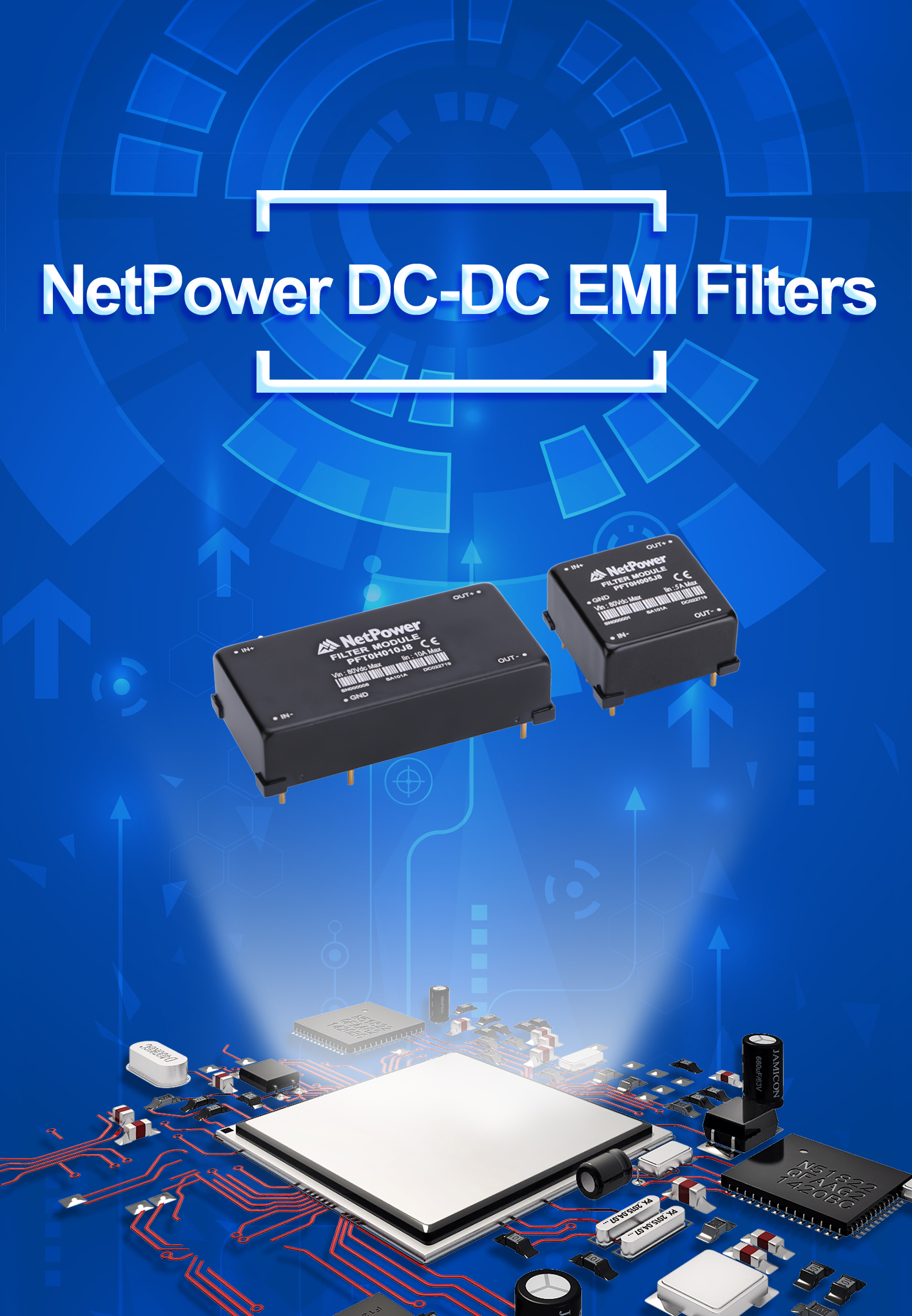Understanding Boost Power Stages in Switchmode Power Supplies
Date:2019-05-06 23:42:10 Posted by:louis.xi View:559
The three basic switching power supply topologies in common use are the buck,
boost, and buck-boost. These topologies are non-isolated, i.e., the input and
output voltages share a common ground. There are however, isolated derivations
of these non-isolated topologies. The power supply topology refers to how the
switches, output inductor, and output capacitor are connected. Each topology
has unique properties, including the steady-state voltage conversion ratios, the
nature of the input and output currents, and the character of the output voltage
ripple. Another important property is the frequency response of the
duty-cycle-to-output-voltage transfer function.
The boost is a popular non-isolated power stage topology, sometimes called a
step-up power stage. Power supply designers choose the boost power stage
because the required output voltage is always higher than the input voltage, is
the same polarity, and is not isolated from the input. The input current for a boost
power stage is continuous, or non-pulsating, because the input current is the
same as the inductor current. The output current for a boost power stage is
discontinuous, or pulsating, because the output diode conducts only during a
portion of the switching cycle. The output capacitor supplies the entire load
current for the rest of the switching cycle.
This application report describes steady-state operation and gives ideal
waveforms for the boost converter in continuous and discontinuous modes. The
duty-cycle-to-output-voltage transfer function is given using the PWM switch
model.
Login
Enter your email address and password




